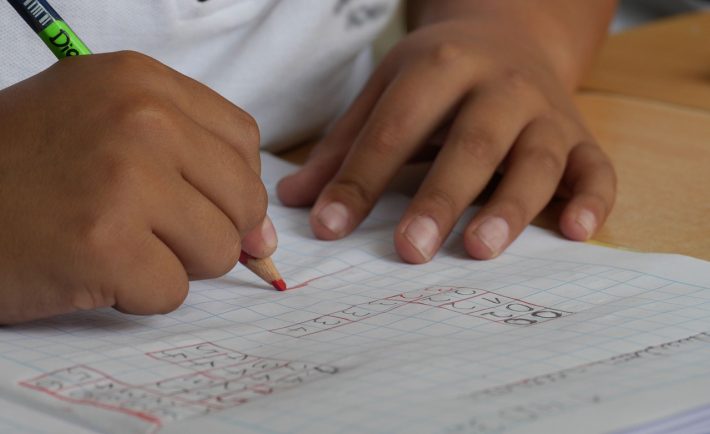Kicking off the month of April is the new educational structure advised by Education Minister Ong Ye Kung. Last Friday, he highlighted that all schools will conduct one day of home-based learning in light of the recent spike in COVID-19 cases in Singapore. This re-structuring will help prepare the parents and students if more days of home-based learning will be necessary.
Primary schools will conduct home-based learning o Wednesdays, Secondary schools will apply ths on Thursdays. The rest of the institutes will be having it on Fridays. These social distancing efforts are on top of the enrichment and tuition centers’ closure. The question on the parents’ minds now is: “What will the children do all day?”
The key to extending the learning at home is to make a routine. Students are used to following a schedule. Mimic this blueprint by creating a distinct schedule to help the continuous flow of their home-based education day. The goal is to keep your children busy as you tend to other matters.
TIP #1: FOLLOW THE ADVISE OF THE TEACHERS
As teachers will be giving their assignments through emails and other platforms, you may start the day with those modules. Study time may last from 30 minutes to an hour and a half. Allow heavy subjects and academic assignments to be engraved during this block of time.
TIP #2: DEDICATE A BLOCK FOR PLAY
Allow your children to have at least 15 to 30 minutes of time of dedicated child-led play. Provide materials that will cater to their interests and allow them to play. When a child is playing, it stimulates different facets such as imagination, creativity, innovation, and socialization. You may provide a bin filled with educational toys and art materials. Serious learning can take place while having fun.
TIP #3: SCHEDULE A TIME FOR READING
Being at home all day gives you a chance to increase the child’s habit of reading. Gather your books at home or download free books online. Schedule at least 20 minutes of reading time per day to engrave the importance of reading. Remember that this block is the total amount of minutes. You may break it apart throughout the day. In the first half, you may be the only one talking. The adult will read the book aloud for the child. As the day ends, you may let your child to read the same book by himself or herself. Do not worry if your child wants to extend the reading block! Reading is beneficial for your child’s language proficiency and vocabulary expansion.
TIP #4: SPARE SOME TIME FOR GROOMING AND SELF-HELP SKILLS
As an educator, I believe that children learn best through experiences. Let your child experience household chores to learn more about responsibility and self-reliance. Assign 10 to 15 minutes of time for household chores and other self-help activities. Guide your child as they clean their rooms, sweep the floors, wash the dishes, or fold the clothes. They can use these skills as they grow up. More importantly, those are less tasks for you to fill.
TIP #5: ALLOT A BLOCK FOR SCREEN TIME
Whether we admit it or not, technology has been a part of our children’s lives. Hence, it is better to adapt and to limit their usage. Keep your children from “over-indulging” on the screens by having a set time in the schedule for screen time. Ideally adults should limit the children’s use of screen time to two hours per day. For instance, you may allow 30 to 45 minutes of screen time before breakfast and after dinner. Follow through the scheduled time by turning the devices and appliances off afterwards. If the house feels too quiet, turn on some delightful music instead.
TIP #6: ALLOW YOUR CHILDREN TO MOVE
It is easy to put down toys for free play. However, children enjoy it when you get to bond with them as you facilitate some indoor activities. A great way to entertain your children while practicing educational skills is to schedule some easy indoor activities. You may plan at least 30 minutes of this category before snack time or before dinner time.
Here are some of the ideas for your indoor play:
a. Build A City: Flatten out a box. Draw a round using markers and paint. Add blocks and other toy vehicles to let your child build his or her own city.
b. Backhand Balloon Balance: Challenge your children to balance a balloon on the back of their hand. See how long they can do it before it falls to the ground. Amp up the stakes by putting water inside the balloon.
c. Long Jump: Put some lines of masking tape or colored electric tape on the floor. Make 6 separate lines of tape, which are one foot apart. Label the first line as the “Starting” line. See how many lines your children can jump over. Have them beat their best score each round. You may even let them jump backwards!

Image Credits: unsplash.com
May you entertain your children while staying safe! 🙂










